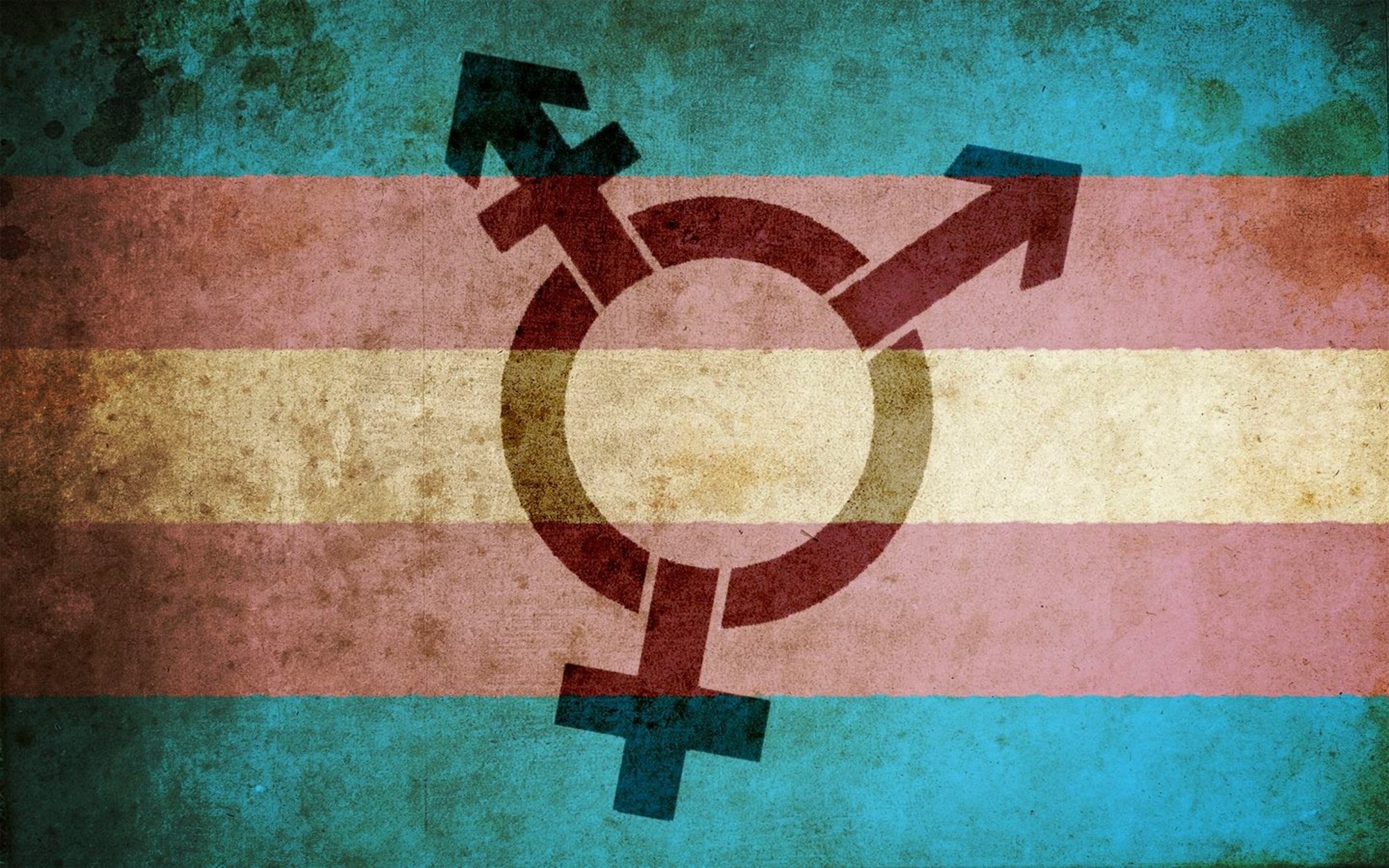Updated: June 2024
In today’s destabilized political climate, social progress in inclusivity and acceptance can seem glacially slow.
On January 22, 2019, the Supreme Court allowed President Trump to ban transgender persons from serving in the military, despite a 2018 federal court ruling against it. LGBTQ+ activists condemn the ban as cruel and prejudiced, but people outside the queer community can play a crucial role in combating transphobia.
Fortunately, President Biden in January 2021 issued an Executive Order enabling all qualified Americans to openly serve their country in uniform. These changes restored the original 2016 policies allowing transgender personnel to serve openly and receive appropriate medical care and support for gender transition (MyArmyBenefits).
Biden’s policy allows transgender service members to serve in their self-identified gender, receive medically necessary care, and change their gender marker in military records once they are stable in their gender identity (Army) (Defense.gov).
Trans allies can enlighten cultural attitudes and shift discussions away from ill-informed or maligning stereotypes. PFLAG defines transgender as “a term often used to describe an individual whose gender identity does not necessarily match the sex assigned to them at birth.” An ally, in the words of UC Berkeley’s Gender Equity Unit, is “someone who advocates for and supports members of a community other than their own; reaching across differences to achieve mutual goals.”
In a time when trans people’s safety, security, and integrity are subject to attack, here are the top 10 tips for being a good transgender ally:
1. Never “out” a transgender person.
You wouldn’t want your most personal information shared freely with strangers. Demonstrate the same respect for the personal lives of your friends. This includes being sharply aware of your surroundings when discussing trans topics before mentioning names, as you could expose your friend without meaning to.
2. Use the names and pronouns your friends prefer.
Don’t be afraid to ask if you aren’t sure. If you make a mistake, politely correct yourself, and gently correct others if they do the same. It isn’t infringing upon someone’s freedom of speech to allow individuals to self-identify and be called by that name.
3. Don’t make assumptions about a transgender person’s sexual orientation.
Gender identity is not the same as sexual orientation. Gender identity is an individual’s own understanding of their gender, and sexual orientation is who they feel attracted to. Transitioning is not an indication of any specific orientation.
4. Be patient.
Transitioning is a long process that may have long phases of questioning, exploring, and experimenting. Individuals may change their preferred pronouns, change their minds about their gender expression, and then change back. Be patient and accepting while they work it out for themselves.
5. Be willing to listen.
Transitioning can also be incredibly frustrating and emotionally turbulent. Be open and accepting when a friend wishes to talk. Respect their space when they ask for it, but make it clear that you’re willing to listen.
6. Don’t expect transgender people to educate you.
Don’t expect your transgender friends to represent the entire community. Make use of resources to understand important issues. Books, films, blogs, and YouTube channels offer insight into the shared experiences in the community.
7. Challenge transphobic attitudes.
GLAAD advises you speak out against anti-trans remarks and backhanded compliments like, “She’s so gorgeous, I would have never guessed she was transgender.” Challenging these remarks and clarifying why they’re inappropriate is a small step toward changing cultural attitudes.
8. Support all-gender public restrooms.
Advocate for unisex, all-gender, or single-user restrooms at the workplace, schools, or businesses. Since some institutions still don’t welcome gender non-conforming or transgender people, speaking up is one small way to shift attitudes toward acceptance.
9. Advocate for LGBTQ+ legislature.
As PFLAG states, People who are transgender or gender nonconforming can be fired from their jobs under state law in more than half of the states in the U.S. simply for being transgender.” There’s no federal law explicitly banning discrimination against transgender people, but a plethora of organizations are lobbying for that to change. You can get in touch with National Center for Transgender Equality or the Sylvia Law Project to help the cause.
10. Know your limits as an ally.
It’s never wrong to say you don’t know. If you’re unsure of what’s appropriate, ask. If you don’t feel comfortable discussing something, say so, and don’t fake it. Otherwise, your reactions can range from insensitive to insincere without meaning to.
Other resources for information about the LGBTQ+ community and their allies include: Transequality.org, ACLU, Lambda Legal, Human Rights Campaign, and New York Civil Liberties Union. Or, if nothing else, rise up and sing it OUT.
Meg Hanson is a Brooklyn-based writer, teacher, and jaywalker. Find Meg at her website and on Twitter @megsoyung.
- How to Be A Trans Ally in Six Steps – them. ›
- Trans Ally: Do’s and Don’ts | LGBT Resource Center | USC ›
- How to Be a Trans Ally—Lush Cosmetics | Lush Fresh Handmade … ›
- We asked 14 trans activists how cis people can be better allies in 2018 ›
- How to Be a Trans Ally – Broadly ›
- Supporting the Transgender People in Your Life: A Guide to Being a … ›
- guide to being a trans ally.pdf ›
- 11 Ways To Be A Trans* Ally, According To Transgender People … ›
- Tips for Allies of Transgender People | GLAAD ›





